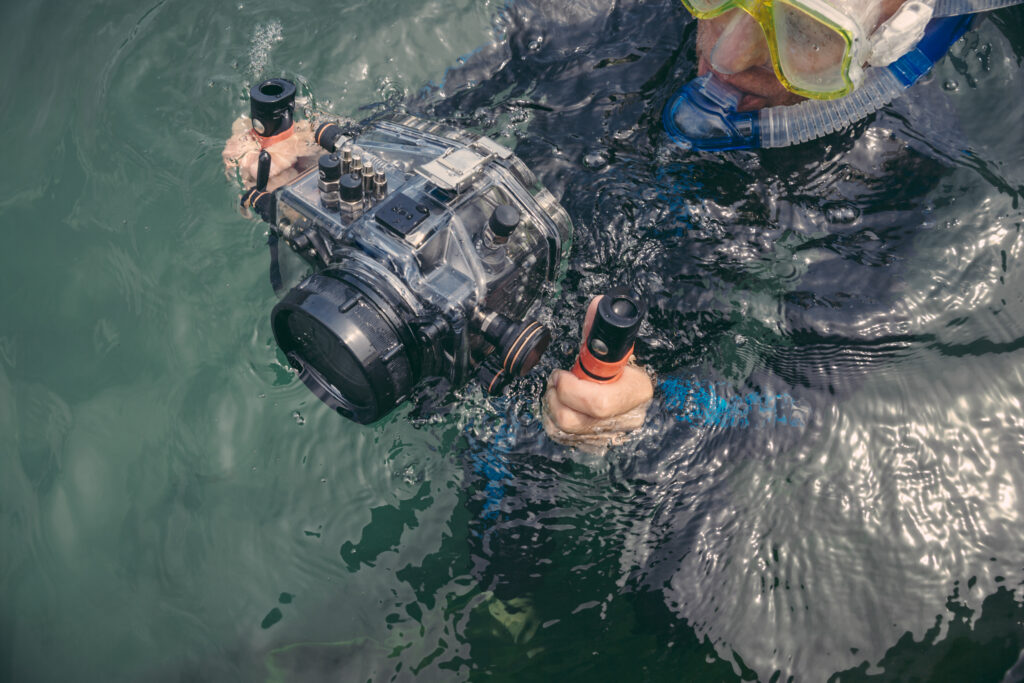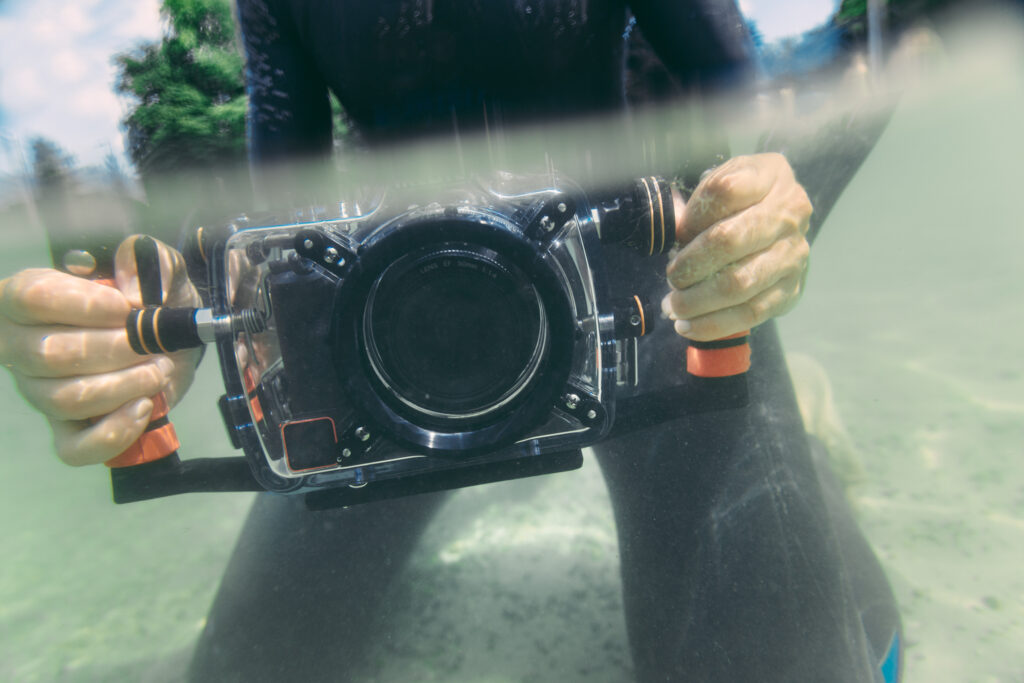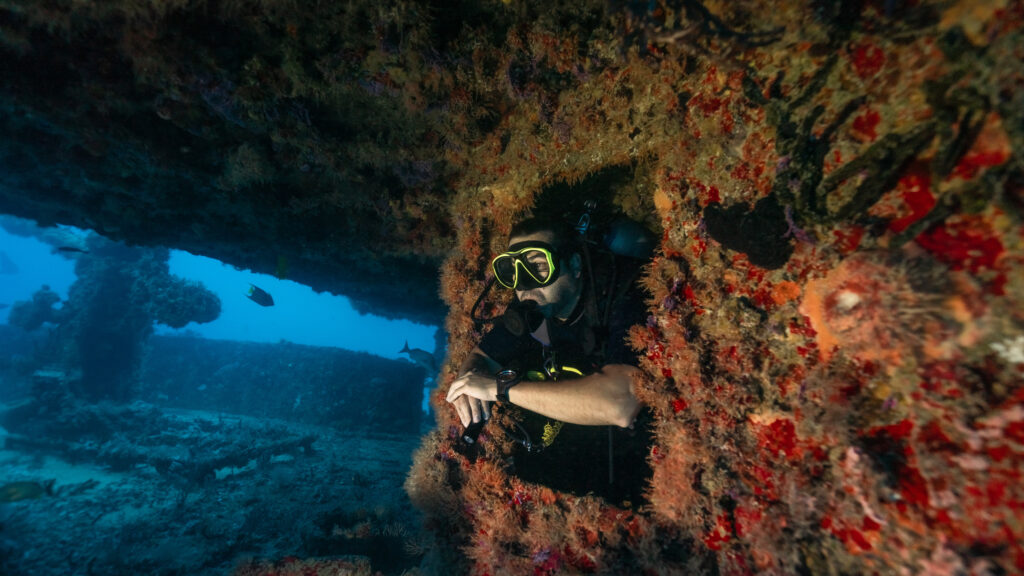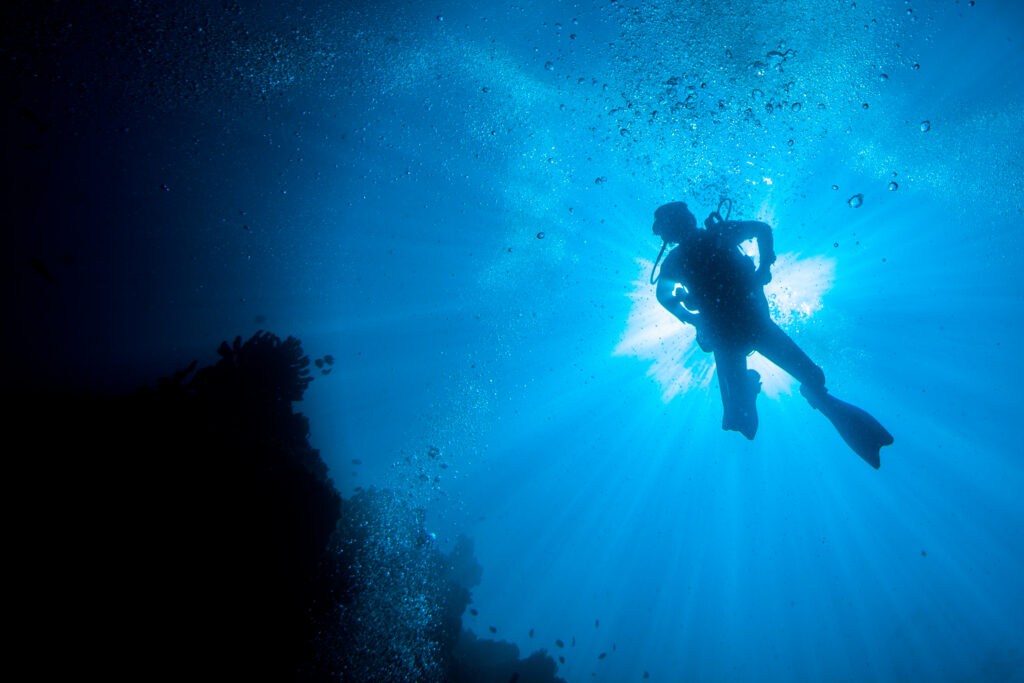What is Activated Charcoal used for in Scuba Equipment?

Activated charcoal, also known as activated carbon, is a form of carbon processed to have small, low-volume pores that increase the surface area available for adsorption or chemical reactions. Renowned primarily for its ability to absorb toxins and chemicals, activated charcoal is used in a variety of applications ranging from medical treatments to water purification. In the context of scuba diving, this substance plays a crucial role, particularly in the purification of breathing air within scuba equipment, ensuring that divers inhale clean, uncontaminated air while exploring underwater environments.
What is Active Addition for Semi-Closed Circuit Rebreathers?

The active addition system is a key component of SCRs, controlling the feed gas’s addition to the breathing loop. The mechanism adds a specific quantity of gas regardless of the current loop volume, providing a constant supply of breathable gas while preventing hyperoxic or hypoxic conditions. At its core, the active addition system consists of a supply valve controlled by the diver or an electronic mechanism. When the diver inhales, the decrease in loop volume triggers the valve to release more gas into the loop. In electronically controlled systems, gas is added at fixed intervals, ensuring a continuous supply.
What is a Active Addition Semi-Closed Circuit Rebreather Systems?

Active Addition Semi-Closed Circuit Rebreather (AASCCR) systems represent a sophisticated evolution in scuba diving technology, combining the advantages of closed-circuit rebreathers with innovations that enhance safety and usability. These systems are designed to optimally recycle exhaled gases, thereby extending dive times, reducing gas consumption, and minimizing decompression obligations. By actively managing the gas mix in the breathing loop, AASCCR systems offer divers a unique balance between simplicity and efficiency, making them particularly valuable in extended or deep diving scenarios.
What is the Association of Diving Contractors International (ADCI)?

The Association of Diving Contractors International (ADCI) is a key organization within the commercial diving industry, founded to enhance the safety, communication, and practices among its members and the industry at large. As the primary authority on safety and regulations for commercial diving operations, the ADCI’s standards are recognized and implemented globally. This entry aims to provide a comprehensive overview of the ADCI, detailing its history, mission, structure, and pivotal role in shaping industry standards.
What is a Automatic Diluent Valve (ADV)?

The Automatic Diluent Valve (ADV) is a critical component in the configuration of modern rebreather systems used in scuba diving. This device automatically adds diluent gas to the breathing loop to maintain the correct volume and optimal gas mixture, ensuring the diver’s buoyancy and safety at varying depths. The importance of the ADV in facilitating longer, safer dives cannot be overstated, making it an essential study for divers and technicians alike.
What is Arterial Gas Embolism (AGE)?

Arterial Gas Embolism (AGE) is a potentially fatal complication that can occur during scuba diving, characterized by gas bubbles entering the arterial circulation. When these gas bubbles block blood vessels, particularly in the brain or heart, it can lead to immediate symptoms and rapid clinical deterioration.
What is Aggressive Decompression when Scuba Diving?

What is Aggressive Decompression when Scuba Diving? Aggressive decompression, a pivotal term within the realm of scuba diving, represents a decompression schedule intending to shorten overall decompression time for a given pre-ascent dive profile. This practice operates on a delicate balance, accepting the increased risk of decompression sickness to diminish overall ascent time, which can […]
What is the Maximum Operating Depth?

Maximum Operating Depth (MOD) is a critical concept in the field of scuba diving. It refers to the deepest depth at which a particular gas mixture can be used safely without the diver experiencing oxygen toxicity. Understanding and adhering to the MOD is essential for ensuring diver safety and preventing potentially life-threatening conditions. MOD varies depending on the gas mixture being used and is influenced by the partial pressure of oxygen within the breathing gas. By comprehending the significance of MOD, divers can plan their underwater excursions more effectively and reduce the risks associated with diving to greater depths.
What is Mixed Gas?

Mixed gas, in the context of scuba diving, refers to breathing gases other than air, which are used to extend bottom time, reduce decompression obligations, and manage the risks associated with deep diving. These mixtures can include combinations of oxygen, nitrogen, helium, and other inert gases, tailored to specific diving conditions and depths. By using mixed gases, divers can safely reach greater depths and explore environments that would otherwise be inaccessible due to the limitations of breathing air alone.
What is Laryngospasm?

Laryngospasm is a sudden, involuntary contraction of the vocal cords that can temporarily block airflow to the lungs. In the context of scuba diving, this condition is particularly hazardous because it can occur unexpectedly and lead to life-threatening situations underwater. Understanding laryngospasm is crucial for divers, as it directly impacts their safety and ability to respond effectively to underwater emergencies.
